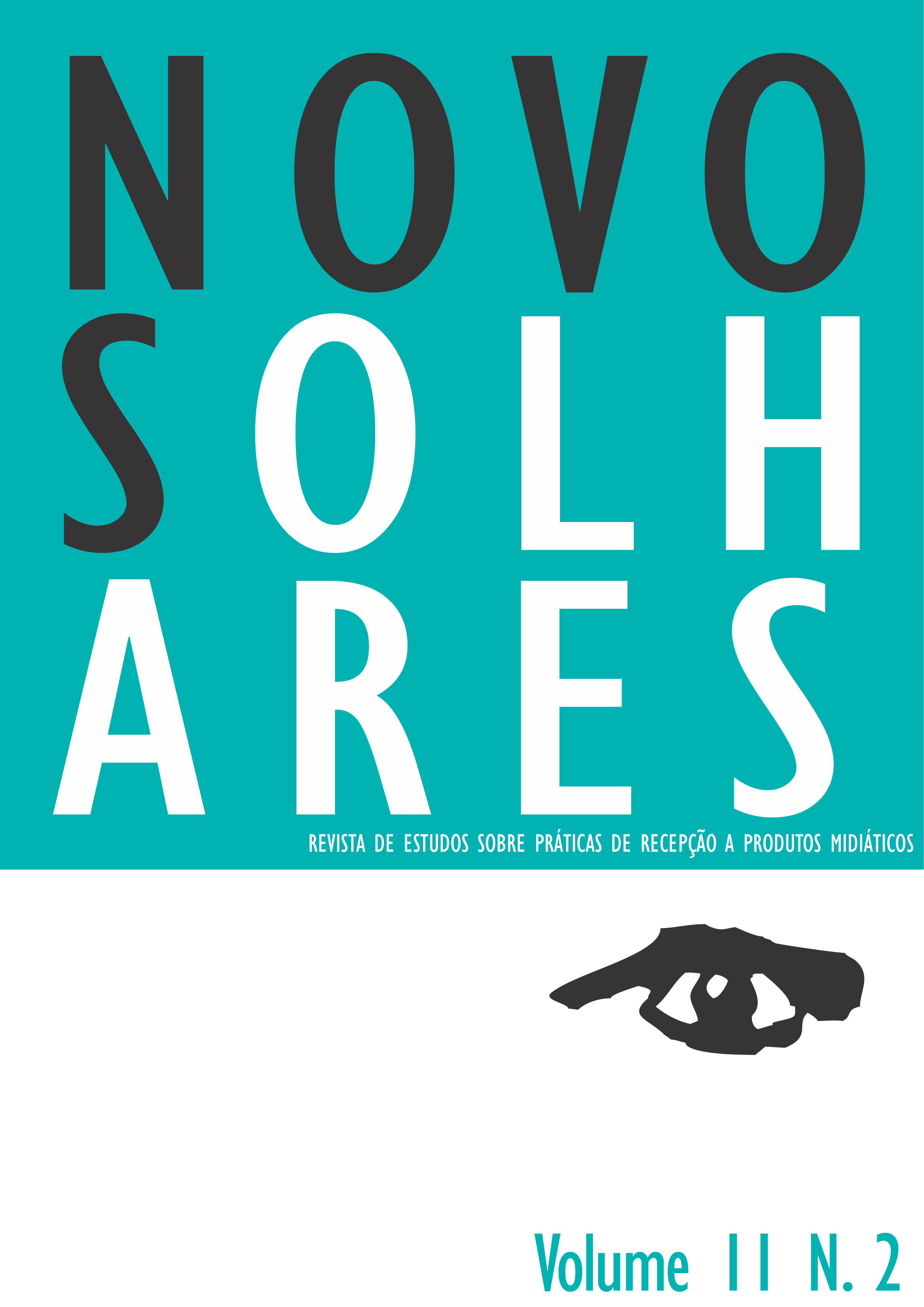Artificial imagination and neo-baroque
DOI:
https://doi.org/10.11606/issn.2238-7714.no.2022.205383Keywords:
Neo-baroque, Artificial intelligence, Artificial imagination, Posthumanism, Visual complexityAbstract
When Calabrese coined the concept of neo-baroque, he did not imagine that the baroque tendency of contemporary visuality would lead to posthumanism. Beyond Artificial Intelligence, now the possibility of an Artificial Imagination appears, driven by new devices that generate images from texts. Thus, the relationship between text and image that the Baroque established by emblematic images is updated, which leads us to ask ourselves if, as Braidotti affirms, a humanly complex posthuman knowledge is feasible and what are the means to achieve it.
Downloads
References
Bilbeny, N. (2022). Moral barroca: pasado y presente de una gran soledad. Anagrama.
Braidotti, R. (2013). The Posthuman. Polity.
Braidotti, R. (2020). El conocimiento posthumano. Gedisa.
Buci-Glucksmann, C. (2013). The madness of vision: on baroque aesthetics. Ohio University Press.
Calabrese, Omar. (1999) La era neobarroca. Catedra.
Haraway, D. J. (2016). The cyborg manifesto. In Haraway, D. J. Manifestly Haraway (pp. 117-158). University of Minnesota Press.
Lévy, P. (1991). L’idéographie dynamique: vers une imagination artificielle? La Découverte.
Robbins, J. (2007). Arts of perception: the epistemological mentality of the Spanish baroque, 1580-1720. Routledge.
Downloads
Published
Issue
Section
License
Copyright (c) 2023 Josep Maria Català Domènech

This work is licensed under a Creative Commons Attribution-NonCommercial-NoDerivatives 4.0 International License.
Proposta de Aviso de Direito Autoral Creative Commons
1. Proposta de Política para Periódicos de Acesso Livre
Autores que publicam nesta revista concordam com os seguintes termos:
- Autores mantém os direitos autorais e concedem à revista o direito de primeira publicação, com o trabalho simultaneamente licenciado sob a Licença Creative Commons Attribution CC Attribution-NonCommercial-NoDerivatives 4.0, que permite o compartilhamento do trabalho com reconhecimento da autoria e publicação inicial nesta revista.
- Autores têm autorização para assumir contratos adicionais separadamente, para distribuição não-exclusiva da versão do trabalho publicada nesta revista (ex.: publicar em repositório institucional ou como capítulo de livro), com reconhecimento de autoria e publicação inicial nesta revista.
- Autores têm permissão e são estimulados a publicar e distribuir seu trabalho online (ex.: em repositórios institucionais ou na sua página pessoal) a qualquer ponto antes ou durante o processo editorial, já que isso pode gerar alterações produtivas, bem como aumentar o impacto e a citação do trabalho publicado.



